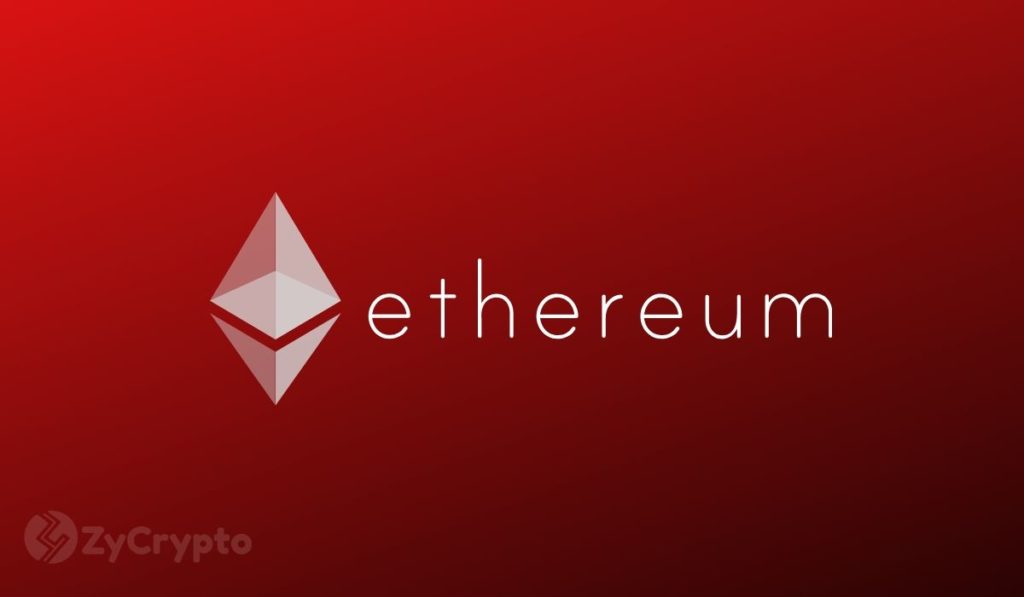
2021-11-24 22:06 |
The growing popularity of Proof-of-Stake blockchains leaves Bitcoin as an unlikely outlier.Solana, Cardano, and Binance have adopted the Proof-of-Stake consensus mechanism with other networks following suit.Ethereum is about to ditch Proof-of-Work sometime in 2022, leaving Bitcoin as the last one standing amongst the top blockchains.
Proof-of-Work is dead! That’s the rallying cry of the new blockchain networks as they march towards Proof-of-Stake. Despite the criticisms, Bitcoin remains unflinchingly loyal to Proof-of-Work.
Proof-of-WorkProof-of-Work has been around for over a decade before Satoshi Nakamoto popularized it by making it an integral feature of the Bitcoin network. Before Nakamoto, the concept was invented by Cynthia Dwork and Moni Naor to prevent denial-of-service attacks but is increasingly used as the foundation for consensus in permissionless decentralized platforms.
Early blockchains like Litecoin, Zcash, Monero and even Ethereum followed Bitcoin’s lead in adopting the PoW, given its array of benefits. First of all, Proof-of-Work has been around for a long time and has seen it all from its early days in 1993 to its deployment in blockchains. It has a track record for achieving consensus and ensuring trust and legitimacy.
Since the core requirement is computational power, it will require a herculean amount of effort for bad actors to attack a Proof-of-Work network. If this happens, it will result in a pyrrhic victory which will deter individuals with malicious intentions to make the attempt.
For all its good, Bitcoin and other Proof-of-Work networks have all come under criticism for their energy consumption and the resulting environmental impact. The Bitcoin network is said to utilize more energy than entire Greece and the use of fossil fuel by miners created a major uproar. High costs in procuring computational powers make scalability to be a persistent problem plaguing Proof-of-Work.
The Migration To Proof-Of-StakeThe problems associated with Proof-of-Work have led to the bulk of blockchains embracing Proof-of-Stake. Proof-of-Stake began in 2012 with Peercoin and works by “selecting validators in proportion to their quantity of holdings in the associated cryptocurrency.” A huge advantage of Proof-of-Stake is that it requires far less energy consumption, making it soar in popularity in the last few years. Proof-of-Stake protocols are far from perfect and can suffer from peculiar problems like zero-stake problems and consolidation of stake stemming from their inherent complexity.
Bitcoin and Ethereum are the only blockchains that use the Proof-of-Work consensus mechanism amongst the top 10 cryptocurrencies with Solana, Cardano, Binance Coin, and Polkadot all using a form of Proof-of-Stake. Ethereum is about to make the transition to PoS in 2022, with things already in motion following the recent Altair hard fork as it tries to reduce its soaring gas fees.
With Ethereum set to leave, Bitcoin remains the last big shot still loyal to Proof-of-Work. Despite the shortcomings, it’s like a trusty revolver, providing a high level of security for the largest blockchain network in the world with a market capitalization of over $1.1 trillion. After nearly 13 years in the game, it is safe to accord OG status to the Proof-of-Stake consensus mechanism.
origin »Bitcoin (BTC) на Currencies.ru
|
|



























